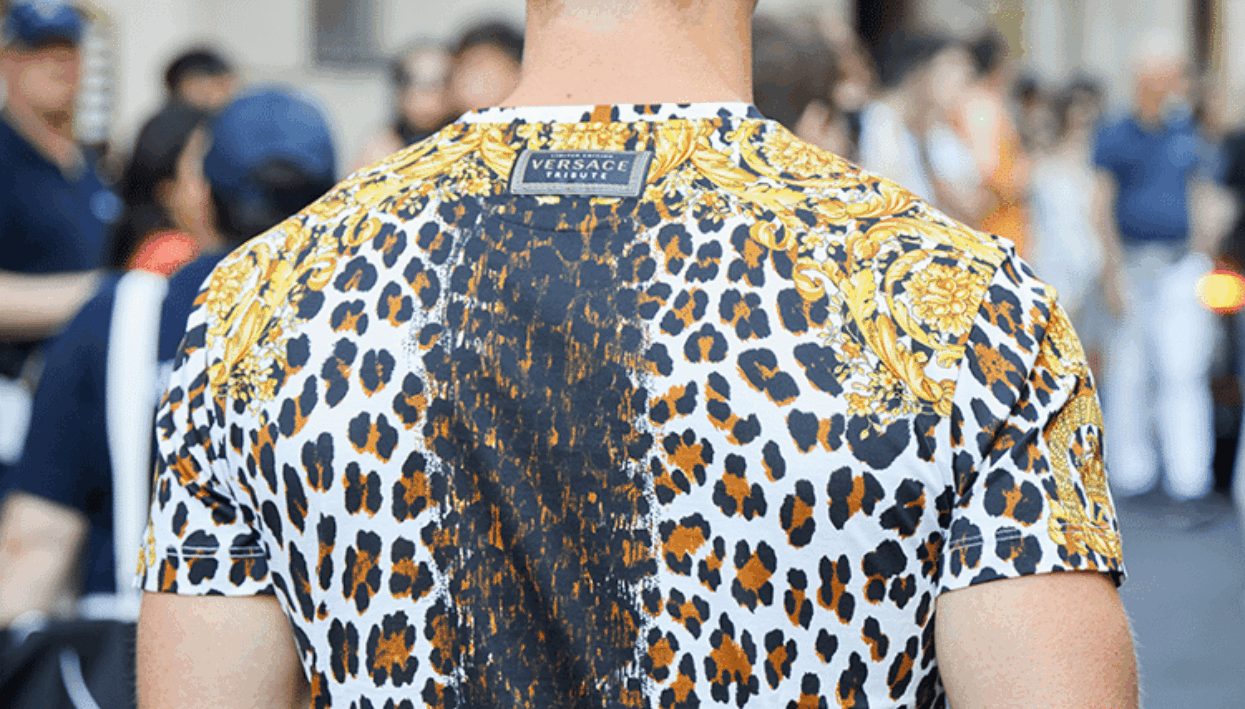Garment Printing
Textile Printing
The £500 t-shirt trend-setters
Author
FESPA Staff
Published Date
28/11/2018
Become a FESPA Member
to Continue Reading
